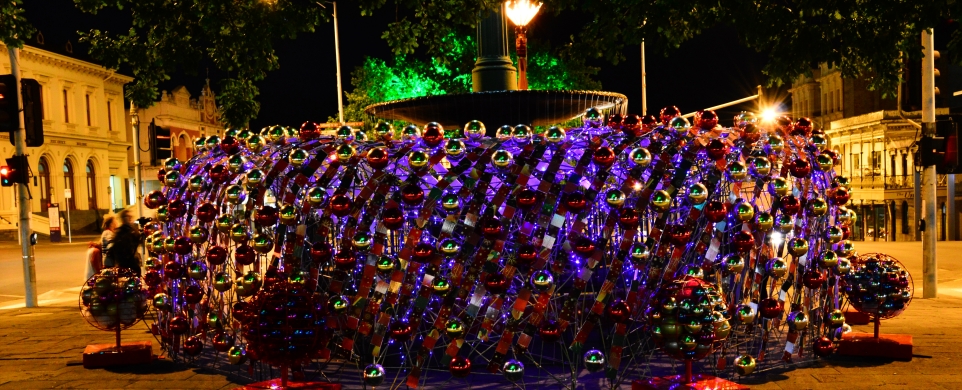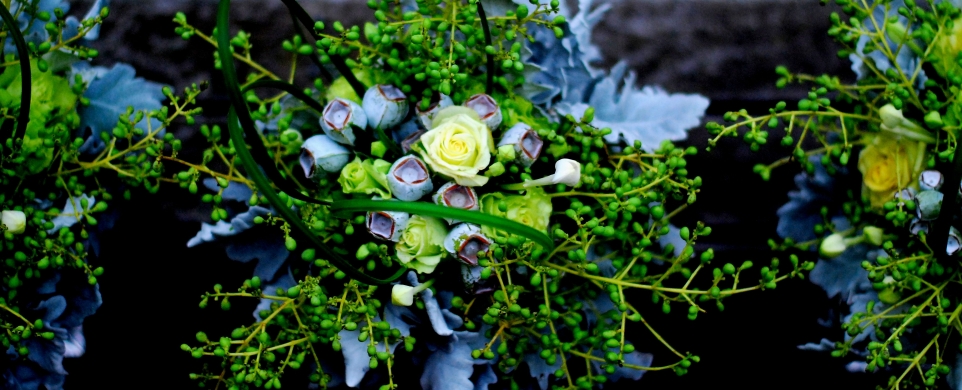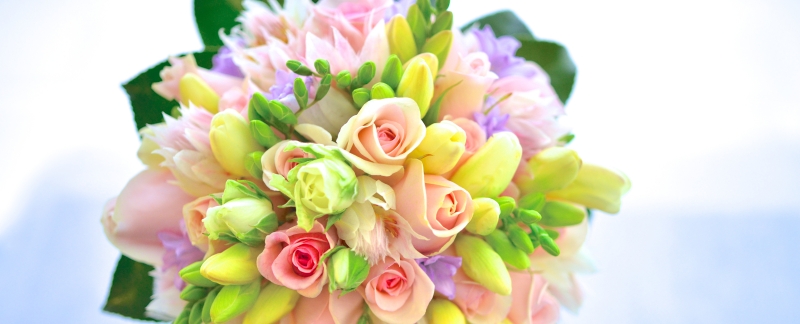Shoso Shimbo was commissioned to create a Christmas art recycling old Christmas decorations. His work is open to public till 24 December 2013 in the CBD in Ballarat.
Newspaper article: http://bit.ly/IRcRjP
This is the design proposal which was accepted.
Using recycled materials is somehow similar to using natural materials. We need to prepare and transform an object to enhance its essence.
It took us four days to make this display. We worked in rain and hail.
This photo was taken at the end of Day 2. Click the image to enlarge.
The magical Christmas tunnel was ready at 5pm on Day 4. Thank you very much Risa Yoshimoto and Julie Collins for great help. Julie Collins is a well regarded sculptor and works for the city of Ballarat. Kate Partridge from the city of Ballarat's Community Events and the Art and Culture Unit also worked so hard for this project. Thank you very much.
We were pleased to see so many people walk through the tunnel with big smile.
http://www.shoso.com.au
https://www.facebook.com/ikebanaaustralia
Newspaper article: http://bit.ly/IRcRjP
This is the design proposal which was accepted.
It took us four days to make this display. We worked in rain and hail.
This photo was taken at the end of Day 2. Click the image to enlarge.
The magical Christmas tunnel was ready at 5pm on Day 4. Thank you very much Risa Yoshimoto and Julie Collins for great help. Julie Collins is a well regarded sculptor and works for the city of Ballarat. Kate Partridge from the city of Ballarat's Community Events and the Art and Culture Unit also worked so hard for this project. Thank you very much.
We were pleased to see so many people walk through the tunnel with big smile.
http://www.shoso.com.au
https://www.facebook.com/ikebanaaustralia











































































